![搜索引擎:信息检索实践(英文版) [Search Engines Information Retrieval in Practice]](https://pic.windowsfront.com/10059560/dd5762a9-42f6-4070-a098-7301e6997c39.jpg)

具体描述
内容简介
《搜索引擎:信息检索实践(英文版)》介绍了信息检索(1R)中的关键问题。以及这些问题如何影响搜索引擎的设计与实现,并且用数学模型强化了重要的概念。对于网络搜索引擎这一重要的话题,书中主要涵盖了在网络上广泛使用的搜索技术。《搜索引擎:信息检索实践(英文版)》适用于高等院校计算机科学或计算机工程专业的本科生、研究生,对于专业人士而言,《搜索引擎:信息检索实践(英文版)》也不失为一本理想的入门教材。
作者简介
W.Bruce Croft,马萨诸塞大学阿默斯特分校计算机科学特聘教授、ACM会士。他创建了智能信息检索研究中心,发表了200余篇论文,多次获奖,其中包括2003年由ACM SIGIR颁发的Gerard Salton奖。Donald Metzler马萨诸塞大学阿默斯特分校博士,是位于加州Santa Clara的雅虎研究中心搜索与计算广告组的研究科学家。
Trevor Strohman马萨诸塞大学阿默斯特分校博士,是Google公司搜索质量部门的软件工程师。他开发了Galago搜索引擎,也是Indri搜索引擎的主要开发者。
内页插图
目录
1 Search Engines and Information Retrieval1.1 What Is Information Retrieval?
1.2 The Big Issues
1.3 Search Engines
1.4 Search Engineers
2 Architecture of a Search Engine
2.1 What Is an Architecture
2.2 Basic Building Blocks
2.3 Breaking It Down
2.3.1 Text Acquisition
2.3.2 Text Transformation
2.3.3 Index Creation
2.3.4 User Interaction
2.3.5 Ranking
2.3.6 Evaluation
2.4 How Does It Really Work?
3 Crawls and Feeds
3.1 Deciding What to Search
3.2 Crawling the Web
3.2.1 Retrieving Web Pages
3.2.2 The Web Crawler
3.2.3 Freshness
3.2.4 Focused Crawling
3.2.5 Deep Web
3.2.6 Sitemaps
3.2.7 Distributed Crawling
3.3 Crawling Documents and Email
3.4 Document Feeds
3.5 The Conversion Problem
3.5.1 Character Encodings
3.6 Storing the Documents
3.6,1 Using a Database System
3.6.2 Random Access
3.6.3 Compression and Large Files
3.6.4 Update
3.6.5 BigTable
3.7 Detecting Duplicates
3.8 Removing Noise
4 Processing Text
4.1 From Words to Terms
4.2 Text Statistics
4.2.1 Vocabulary Growth
4.2.2 Estimating Collection and Result Set Sizes
4.3 Document Parsing
4.3.1 Overview
4.3.2 Tokenizing
4.3.3 Stopping
4.3.4 Stemming
4.3.5 Phrases and N-grams
4.4 Document Structure and Markup
4.5 Link Analysis
4.5.1 Anchor Text
4.5.2 PageRank
4.5.3 Link Quality
4.6 Information Extraction
4.6.1 Hidden Markov Models for Extraction
4.7 Internationalization
5 Ranking with Indexes
5.1 Overview
5.2 Abstract Model of Ranking
5.3 Inverted Indexes
5.3.1 Documents
5.3.2 Counts
5.3.3 Positions
5.3A Fields and Extents
5.3.5 Scores
5.3.6 Ordering
5.4 Compression
5.4.1 Entropy and Ambiguity
5.4.2 Delta Encoding
5.4.3 Bit-Aligned Codes
5.4.4 Byte-Aligned Codes
5.4.5 Compression in Practice
5.4.6 Looking Ahead
5.4.7 Skipping and Skip Pointers
5.5 Auxiliary Structures
5.6 Index Construction
5.6.1 Simple Construction
5.6.2 Merging
5.6.3 Parallelism and Distribution
5.6.4 Update
5.7 Query Processing
5.7.1 Document-at-a-time Evaluation
5.7.2 Term-at-a-time Evaluation
5.7.3 Optimization Techniques
5.7.4 Structured Queries
5.7.5 Distributed Evaluation
5.7.6 Caching
6 Queries and Interfaces
6.1 Information Needs and Queries
6.2 Query Transformation and Refinement
6.2.1 Stopping and Stemming Revisited
6.2.2 Spell Checking and Suggestions
6.2.3 Query Expansion
6.2.4 Relevance Feedback
6.2.5 Context and Personalization
6.3 Showing the Results
6.3.1 Result Pages and Snippets
6.3.2 Advertising and Search
6.3.3 Clustering the Results
6.4 Cross-Language Search
7 Retrieval Models
7.1 Overview of Retrieval Models
7.1.1 Boolean Retrieval
7.1.2 The Vector Space Model
7.2 Probabilistic Models
7.2.1 Information Retrieval as Classification
7.2.2 The BM25 Ranking Algorithm
7.3 Ranking Based on Language Models
7.3.1 Query Likelihood Ranking
7.3.2 Relevance Models and Pseudo-Relevance Feedback
7.4 Complex Queries and Combining Evidence
7.4.1 The Inference Network Model
7.4.2 The Galago Query Language
7.5 Web Search
7.6 Machine Learning and Information Retrieval
7.6.1 Learning to Rank
7.6.2 Topic Models and Vocabulary Mismatch
7.7 Application-Based Models
8 Evaluating Search Engines
8.1 Why Evaluate ?
8.2 The Evaluation Corpus
8.3 Logging
8.4 Effectiveness Metrics
8.4.1 Recall and Precision
8.4.2 Averaging and Interpolation
8.4.3 Focusing on the Top Documents
8.4.4 Using Preferences
……
9 Classification and Clustering
10 Social Search
11 Beyond Bag of Words
Reverences
Index
精彩书摘
After documents have been converted to some common format, they need to bestored in preparation for indexing. The simplest document storage is no document storage, and for some applications this is preferable. In desktop search, for example, the documents are already stored in the file system and do not need to be copied elsewhere. As the crawling process runs, it can send converted documents immediately to an indexing process. By not storing the intermediate converted documents, desktop search systems can save disk space and improve indexing latency.Most other kinds of search engines need to store documents somewhere. Fast access to the document text is required in order to build document snippetsz for each search result. These snippets of text give the user an idea of what is inside the retrieved document without actually needing to click on a link.
Even if snippets are not necessary, there are other reasons to keep a copy of each document. Crawling for documents can be expensive in terms of both CPU and network load. It makes sense to keep copies of the documents around instead of trying to fetch them again the next time you want to build an index. Keeping old documents allows you to use HEAD requests in your crawler to save on bandwidth, or to crawl only a subset of the pages in your index.
Finally, document storage systems can be a starting point for information extraction (described in Chapter 4). The most pervasive kind of information extraction happens in web search engines, which extract anchor text from links to store with target web documents. Other kinds of extraction are possible, such as identifying names of people or places in documents. Notice that if information extraction is used in the search application, the document storage system should support modification of the document data.
前言/序言
为了进一步贯彻“国务院关于大力推进职业教育改革与发展的决定”的文件精神,加强职业教育教材建设,满足现阶段职业院校深化教学改革对教材建设的要求,根据现阶段职业院校该专业没有一套较为合适的教材,大部分院校采用自编或行业的考证培训教材组织教学,非常不适合职业教育的实际情况,机械工业出版社于2008年8月在北京召开了“职业教育金属材料检测类专业教学研讨及教材建设会议”,在会上,来自全国该专业的骨干教师、专家、企业代表研讨了新的职业教育形势下该专业的课程体系,本书就是根据会议所确定的教学大纲要求和高职教育培养目标组织编写的。本书根据国家职业技能标准,将无损检测技术专业不同等级的核心操作技能提炼出来,用极具典型性和代表性的实例加以表现并分步骤进行讲解。本书新颖的编排形式可以使读者对每个案例的操作全过程一目了然,力求使读者尽快熟练掌握无损检测技术各个等级的核心操作技能,力求对读者通过职业资格鉴定考试有所帮助。同时,读者也可以将书中相应实例应用于实际生产操作。
本书以数十个操作训练的实例较全面地介绍了射线检测、超声检测、磁粉检测、渗透检测的操作过程和方法,重点强调无损检测实际应用工艺,增加了典型检测工艺卡和应用实例介绍,力求为无损检测从业人员提供无损检测技术应用方面的指导和帮助。
全书共四个单元,邓洪军编写第一、二单元,路宝学编写第三、四单元。全书由邓洪军统稿,渤海船舶重工有限公司研究员级高工杨家武主审。
编写过程中,作者参阅了国内外出版的有关教材和资料,得到了北京普汇恒达材料测试有限公司、河北石油职业技术学院、陕西工业职业技术学院、四川工程职业技术学院、包头职业技术学院有关同志的有益指导,在此一并表示衷心感谢!
由于编写时间仓促,加之作者水平有限,书中不妥之处在所难免,恳请读者批评指正。
用户评价
我曾尝试过阅读一些关于信息检索的学术论文,但坦白说,很多论文的写作风格过于晦涩,充斥着大量的专业术语和复杂的公式,对于非专业人士来说,门槛实在太高了。我希望这本书能够弥合理论与实践之间的鸿沟,用一种更加易于理解和接受的方式来介绍信息检索的核心概念。我特别期待书中能够详细介绍不同类型的信息检索模型,比如布尔模型、向量空间模型、概率模型,以及它们各自的优缺点。此外,我也对相关的评估指标很感兴趣,例如精确率、召回率、F1值等,了解这些指标是如何衡量一个搜索引擎的好坏,以及如何通过优化算法来提升这些指标。这本书的“实践”二字,也让我对书中可能包含的算法实现细节或案例研究抱有很高的期望。我希望作者能够分享一些在实际开发过程中遇到的挑战和解决方案,让我能够对信息检索的工程化落地有一个更直观的认识。毕竟,理论是基础,但没有实践的理论就像空中楼阁,无法真正发挥其价值。
评分这本书的封面设计非常朴实,甚至可以说是有些“硬核”,一看就是面向专业人士或者有志于深入研究的读者的。我刚拿到它的时候,就被厚实的纸张和密密麻麻的英文标题吓了一跳,心想这下可有的啃了。不过,也正是这种“不加修饰”的气质,反而让我对它所承载的内容充满了期待。我从事IT行业很多年了,虽然平时接触很多信息检索方面的应用,但总觉得隔靴搔痒,对于背后的原理和算法知之甚少。市面上有很多介绍“如何使用”搜索引擎的书籍,但真正深入剖析“为何如此”的书却屈指可数。这本书的名字,尤其是“实践”二字,点明了它不仅仅是理论的堆砌,而是要将抽象的知识与实际的应用相结合,这正是我所需要的。我非常好奇作者是如何将那些复杂的数学模型、统计学原理,以及庞大的计算架构,以一种清晰易懂的方式呈现出来的。而且,英文原版也意味着我需要克服语言上的障碍,这对我来说也是一种挑战,但为了能够更原汁原味地理解作者的思想,我觉得这是值得的。我希望这本书能够为我打开一扇通往信息检索核心世界的大门,让我能够真正理解我们每天都在使用的强大工具背后所蕴含的智慧。
评分我一直对搜索引擎的“大脑”是如何运作的感到着迷。每天,当我们输入一个关键词,屏幕上立刻出现成千上万条相关的结果,而且这些结果的排序似乎总是那么“聪明”,总能把我们最想要的信息排在前面。这种“魔术”背后究竟隐藏着怎样的技术?我常常在想,那些爬虫是如何不知疲倦地吞噬互联网的海量信息?索引是如何构建才能快速响应查询?排序算法又是如何判断哪些网页更“权威”或更“相关”?这本书的出现,恰好触及了我内心深处的这些疑问。我期待它能从最基础的概念讲起,比如倒排索引、词项频率、逆文档频率,然后逐步深入到更复杂的模型,比如PageRank、BM25,甚至是机器学习在信息检索中的应用。我希望作者能够用严谨但不失趣味性的语言,带领我一步步揭开这些神秘的面纱。同时,我也希望书中能够包含一些实际的案例分析,让我能够看到这些理论如何在真实世界的搜索引擎中落地生根,解决现实问题。毕竟,学习理论的最终目的,是为了更好地理解和改造世界,而搜索引擎无疑是塑造我们现代信息获取方式的关键力量之一。
评分搜索是人类探索知识、获取信息的最基本方式之一,而搜索引擎的出现,无疑将这一过程推向了一个全新的高度。作为一名对技术发展充满好奇心的科技爱好者,我一直对搜索引擎背后的技术原理充满了敬畏和好奇。这本书的书名,——《搜索引擎:信息检索实践》,简洁明了地概括了它的主题,也点燃了我深入探索的兴趣。我非常想知道,那些看似简单的搜索框背后,究竟凝聚了多少人类智慧的结晶。我期待书中能够深入浅出地介绍信息检索的各个环节,从网络爬虫的辛勤工作,到搜索引擎的索引构建,再到复杂的查询处理和排序算法,希望能够清晰地展现一个完整的检索流程。我也对信息检索的评估方法和未来的发展趋势很感兴趣,比如,随着人工智能技术的飞速发展,未来的搜索引擎将会朝着怎样的方向演进?这本书能否为我提供一些前瞻性的洞见?我希望通过阅读这本书,能够对搜索引擎这一改变世界的伟大发明有一个更深刻、更全面的理解,并从中获得更多启发。
评分作为一名长期与数据打交道的数据分析师,我对信息检索的效率和准确性有着非常高的要求。我所负责的工作经常需要从海量的数据集中提取有价值的信息,而一个高效的信息检索系统是完成这项任务的关键。我常常面临的挑战是如何快速、准确地找到我需要的数据,以及如何优化我的查询语句以获得最佳结果。这本书的书名,尤其是“信息检索实践”这几个字,让我觉得它非常贴合我的职业需求。我希望书中能够详细讲解构建高效检索系统的关键技术,例如如何进行数据预处理、如何设计索引结构、如何选择合适的检索算法,以及如何进行性能优化。我也对书中可能涉及到的相关性排序算法和学习排序技术很感兴趣,因为这些技术直接关系到检索结果的质量。如果书中能够提供一些实际的案例,展示如何在不同类型的数据集上构建和优化信息检索系统,那将对我非常有启发。我渴望从这本书中学习到更深入的原理和更实用的技巧,从而提升我在数据分析工作中的效率和能力。
评分非常不错的书籍,推荐大家购买
评分对搜索引擎感兴趣的人;
评分京东卖书很不错,书都封好的,全新~
评分京东卖书很不错,书都封好的,全新~
评分帮朋友买的,还行吧。。。。。。。。。。。。。。。。
评分对搜索引擎感兴趣的人;
评分印刷质量很差,字也很小.
评分书的纸比较薄,英文版还可以
评分书很不错,很容易明白
相关图书
本站所有内容均为互联网搜索引擎提供的公开搜索信息,本站不存储任何数据与内容,任何内容与数据均与本站无关,如有需要请联系相关搜索引擎包括但不限于百度,google,bing,sogou 等,本站所有链接都为正版商品购买链接。
© 2026 windowsfront.com All Rights Reserved. 静流书站 版权所有

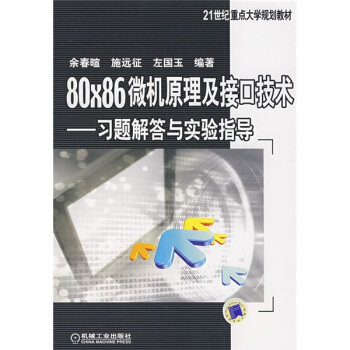
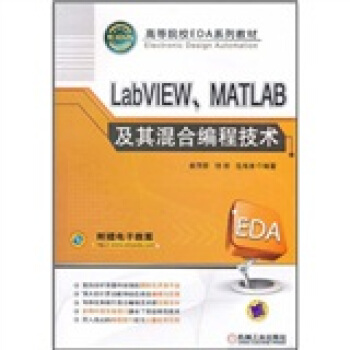
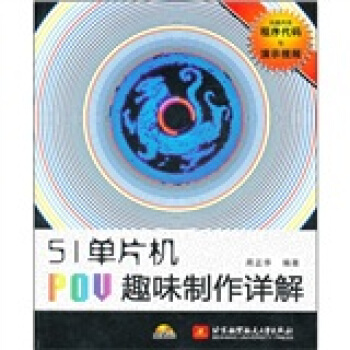




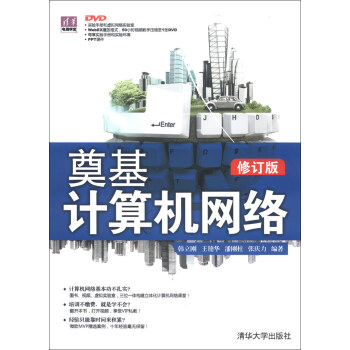


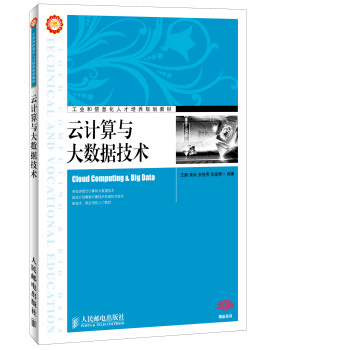
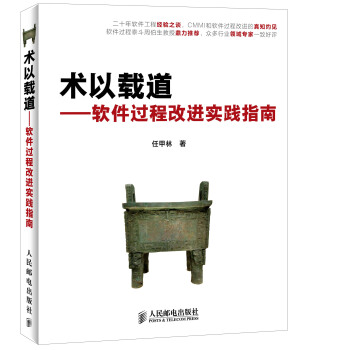
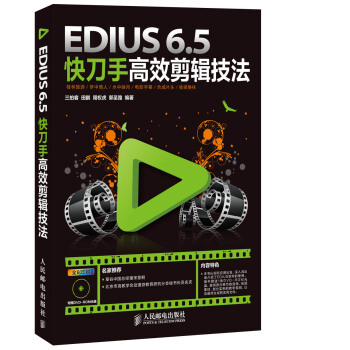
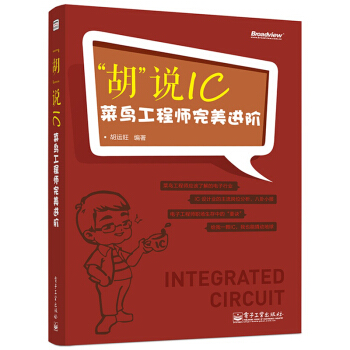
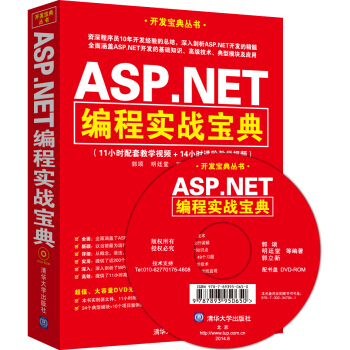
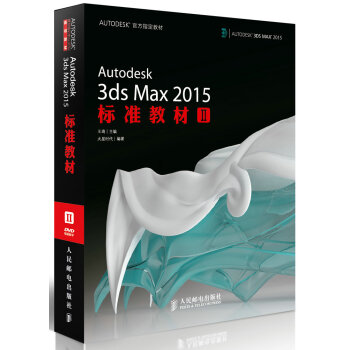

![Android数据库应用编程:为企业开发数据驱动Android应用 [Enterprise Android: Programming Android Database A] pdf epub mobi 电子书 下载](https://pic.windowsfront.com/11671873/552cb090N759dea6a.jpg)
![地球科学中的MATLAB应用(第3版) [MATLAB Recipes for Earth Sciences (Third Edition)] pdf epub mobi 电子书 下载](https://pic.windowsfront.com/11752077/55d53aa6Nbb5f7bd3.jpg)
